Actual Comments of Why Employees Leave
“I was sexually assaulted by a patient and nothing was done about it. This is where I really drew the line.”
The Solution:
Here is a twist on the usual sexual harassment discussion: a customer (in this case, patient) commits an assault against an employee.
An additional twist is that the most common sexual assault dynamic in medical settings (if you went by news reports) is one where a medical caregiver—often a doctor or dentist or therapist—is accused of sexually assaulting a patient (the more vulnerable party).
So here we have a patient assaulting a medical professional, who in turn quits their job due to inaction and what must have felt like a lack of support on the part of the employer.
HR and company manuals are full of what to do to discipline and protect employees from one another, and not always so much about protecting employees from “paying customers” with whom they are expected to deal with as a part of their employment.
More informal places of business—nightclubs, for example, might be practiced at having their bouncers and doormen eject drunk, handsy patrons, or calling the police for more serious transgressions that transpire on their property. While a hospital—a much more sedate medical setting with no bouncers at the ready to carry a sick or recovering patient out the doors in a headlock—might be slow or unsure how to react or offer support.
From what little context we have for the exit quote, it appears that the police may not have been brought in by either the employer or the accuser. Perhaps that was because the incident in question was a lesser transgression. Many people use (and states may define) the term “sexual assault” to describe unwanted sexual contact touching or even sexual threats.
Clouding the issue could be a corporate culture that “the customer is always right” or a fear of legal retaliation on the part of the patient or the mistaken idea about workplace harassment laws that sexual assault between employees and customers is purely a criminal matter between the two parties.
In fact, hospitals can be legally responsible for what happens on their premises, even when the sexual assailant is an independent contractor or a patient.
And these types of assaults might be more common than some understand. In a position statement from the American Nurse’s Association:
“Although much has been written on sexual harassment in business and industry, little has been documented on sexual harassment in nursing. In 1982, Dr. Bonnie Duldt completed a survey of 89 RNs and found that 60% had experienced sexual harassment in the workplace in the preceding year. Typically the harasser is a physician or supervisor but may be a co-worker, a patient or a visitor.”
Does your business have a written policy statement for responding to the eventuality of customer-employee sexual assault?
Registered Nurse and nurse advocate Sandy Summers says that she has been “groped by inebriated patients” while at work, and her hospital did nothing to support her.
She advocates that in an effort to reduce harassment and turnover in the nursing industry, hospital attorneys bring in the police when patients commit sexual assault, and nurses are provided access to counseling.
Whether or not it’s acceptable to say out loud, we all know what bars and nightclubs do: the customer isn’t always right—especially when it comes to the rights and well-being of our fellow employees.
She advocates that in an effort to reduce harassment and turnover in the nursing industry, hospital attorneys bring in the police when patients commit sexual assault, and nurses are provided access to counseling.
Whether or not it’s acceptable to say out loud, we all know what bars and nightclubs do: the customer isn’t always right—especially when it comes to the rights and well-being of our fellow employees.
(This blog post is brought to you by HSD Metrics, an exit interview company that helps companies reduce employee turnover by providing automated reference checking, exit interviews, and by measuring employee retention. The comments from exiting employees that are featured in this blog are collected from actual exit interviews conducted using ExitRight®, HSD Metrics’ exit interviewing service. If you are interested in learning more, contact us today. Because we place the privacy of our clients at the top of our priority list; the names of all involved parties are kept completely confidential.)




